The Royal Yoga: Patanjali’s Eight Limbs
Charlie was young and naïve enough to believe in his younger days that he could create a new paradigm of reality that assimilated the scientific empiricism of the West with the mystic, meditation of the East. This is what he and Jenry had toyed around with back in his undergrad days when they had nothing better to do than sit around their run down old apartment, smoke bowls and philosophize about the meaning of life. An activity as it turned out that became interwoven into Charlie’s thesis in a way he never imagined but he did never quite sort out that 5 dimensional mathematical model beyond anything more than a pencil and paper and some poorly hand drawn images/graphs.
In this model that Charlie conceived of, the individual mind, with meditation as its primary and ultimate source, was the foundation of a reality within which the paradigms of the two seemingly opposite and contradictory views of life – the material and spiritual – could be integrated into a single mathematical model of the universe, be seen as two sides of the same coin. That endeavor proved illusory though, perhaps too much work for the gladiator to take on, and too much complex math. And at the time Charlie was into different matters, leading of course to his “extended” thesis work; there were trophies to win, opponents to crush, spoils to be won. All much more important than trying to dig into multi-dimensional, entirely hypothetical mathematical (and relatively outrageous) models of reality. First things first for heavens sake.
But Charlie’s thesis, and the attack on the subjective which was the essence of Niels’s position, did form a springboard for Charlie to take a deeper look into this subjective vs. objective world. The same one that Pirsig tried to overcome with his Metaphysics of Quality, but yet still ending up in this same place, one where the intellectual model of reality was framed in a language which had within it the implication of subjects and objects, despite the notion of Quality from which Pirsig attempted to try and build his model, his metaphysics, around. So Charlie tried to build a cohesive argument for Niels, one that again centered around the fallacy of relying on Reason and Intellect as the hall bearers of truth, and one that just might help him see the light of day.
And as he tried to formulate this argument, he came to the conclusion that Niels had a point, he did, and he most certainly reflected the position of many modern fundamentalist Christian or Muslims for that matter, and even hard core physicists and mathematicians – materialists or objectivists you could call them – who thought meditation and any sort of direct experience of pure consciousness was a fool’s errand that may have some health benefits but couldn’t be considered science, upon which the notion of “reality” in the West was ultimately based, in any meaningful way.
He had begun his argument by exploring the concept of the subjective itself. What could be considered objective truth? In every encounter or situation in each person’s life, there is continuity. That is to say that throughout one’s span of existence, there is always something that binds experience together. Usually we call this something “I”. This wasn’t something novel that Charlie had come up with, this was in essence the cogito ergo sum of Descartes, a Western interpretation if you will of age old Eastern philosophical notion of the mind.
But what is this “I” that lays at the foundation of our very existence. We assume at every corner that we exist. But have we really delved into the nature of this “I” that provides the framework for our lives? Charlie believed that the answer to this question to be a resounding “NO!” Certainly the philosophers throughout the ages had, and the mystics and shamans before them most certainly had, there was plenty of evidence for this as Charlie dug into the development of Western thought for his thesis. But the everyday folk, the ones that ran the banks and the schools and were in Congress and ran countries, had they really? Wasn’t this one of the primary themes of Plato, and even the Muslim philosopher Al-Farabi of the 10th century, the importance of the role of the philosopher in society. Where had this notion gone? Had it been lost somewhere or was it never really adopted outside of a theoretical construct of a philosopher or two throughout the ages?
And he thought it was here that the main distinction between the East and the West lay. The eastern philosophical systems believed taught that the search for the nature of “I” represented the ultimate task of life, whereas the western systems relied on objective proof, verifiable results from the interaction between hosts of objects, as the basis for life and reality. And Charlie thought that it was this obsession with duality, the distinction between subject and object, although the cornerstone to scientific method and the means by which civilization has made so many significant advancements no doubt, had perhaps become an obstacle to the discovery of the very meaning of life itself. The quest for the answer to that age old question, as old as man itself: “Why are we here and from whence we came?” had been relegated to the world of religion, a marked deviation from Aristotle in fact, where the question of why – causation – was in fact the pillar upon which knowledge was built.
Charlie didn’t know it then, but his very physical and to him very real in the Western sense of the term, practice of the attainment of peak performance on the tennis court, the search for the Zone, from which his journey into Yoga and the art of meditation began, was very much akin to the practice of Kundalini Yoga, or Raja Yoga as espoused by the notorious Samkhya philosopher Patanjali. From his studies of the works of Vivekananda, as well as his practice of Yoga in general, Charlie kind of knew what Raja Yoga, and the principle of kundalini meant, but he hadn’t quite made the translation to competitive sports quite yet, at least not in the beginning.
And yet in fact, when he strove to achieve peak performance, when he entered that world of complete concentration, achieved via the performance of those subtle rituals on court, what he was really doing was cultivating the control of his kundalini, or inner force, and attempting to leverage it to squeeze every ounce of physical and mental performance out of that frail, physical form of his call the human ‘body’. Kundalini Yoga, or Hatha Yoga, is a very physical and exact science in many respects, its principles are based upon the artificial inducement of energy through the chakras in the body to achieve or reach higher states of consciousness, effectively the same process Charlie was attempting to bring about do to achieve peak performance.
Raja Yoga on the other hand, the Yoga described by Patanjali in his eight limbs, has a different focus than Hatha or Kundalini Yoga, although it shares with it some of the very same principles and methods. In the case of Raja Yoga the focus is on the control and purification of the mind, the mental sheathe of the jiva, rather than focus on the physical sheathe, although even in Patanjali’s system, there is a preparatory focus on the physical system as reflected in the 3rd and 4th “limbs” of his eight limbed system which has come to be known collectively in the West as Yoga, namely asana, “posture” or “seat”, and pranayama, “breath” or “life force” control.
Both these limbs however are looked upon in Patanjali’s system as preparatory for higher states of concentration and experiences of consciousness however, as indicated by the last four limbs of Patanjali’s system namely pratyahara, withdrawal of the senses from the external world of name and form, dharana, concentration of the mind on a single physical object, deity or symbol, dyhana, steadfast and unwavering concentration on said object (the act of meditation and the object of meditation remain distinct in this phase), and ultimately samadhi, where the distinction between the object of meditation and the meditator falls away and unity is directly “experienced”. All of these limbs in Patanjali’s system are meant to hang together and be practiced collectively and constantly, and the physical aspects of Yoga, which are emphasized in most if not all of the Western adaptations of his system, are but a means to the end and not an end in and of themselves.
Raja Yoga is one of the four Hindu philosophical systems that Swami Vivekananda taught and integrated into a holistic approach to enlightenment in the modern era all based upon the timeless teachings of Vedanta in one form or another, interpreted for the West in a language that we could understand. In fact Vivekananda coined the term Raja, or Royal Yoga, given his perspective on its importance within the four pillars of Yoga that were necessary to lead a balanced and liberated life in what he saw, and Charlie certainly was exposed to the same thing, an overly materialistic and capitalistic culture whose main focus was the betterment of the individual at the expense of the whole.
But you can’t really truly understand Raja Yoga unless you have some sort of background in its underlying philosophy which is Samkhya philosophy. Samkhya is one of the six orthodox schools of Hindu philosophy and is fundamentally atheistic, i.e. it’s philosophy does not adhere to or believe in the existence of any anthropomorphic God or deity, but instead believes the universe to be a manifestation of an underlying ground of existence Purusha, the male aspect of the cosmos which when acted upon and combined with the generative female force of the universe, Prakriti, brings about the existence of the physical universe it its various forms as we perceive it. Samkhya is a fundamentally dualistic philosophy, in the sense that it lays out more than one fundamental principle from which the universe comes into existence, namely the inert Purusha combined with the active principle of Prakriti. This is juxtaposed for example with Advaita Vedanta where the individual Soul, or Atman, is considered to be one and the same and fundamentally indivisible from the universal Soul, or Brahman, classified accordingly as a non-dualist philosophical system.
In Samkhya philosophy the individual Soul, or Jiva, is bound to its physical form due to desire, desire for pleasure and desire for life. It is desire that is the glue that binds the jiva to the manifest, physical reality which we all perceive as the human condition. But this is not the true state of reality, it’s not purest and most unadulterated perspective on reality, and at its core is based upon ignorance of the true nature of the universe and our place in it. The underlying premise of this philosophical system then is that it is only through the false identification one’s small self, or ego (ahamkara), that the jiva perceives itself as a separate and unique entity bound to a physical form which is subject to birth, growth, decay and ultimate death and destruction, characterized most emphatically by suffering and loss, in this sense it shares many of the same characteristics of Buddhism but its underlying philosophy, as well as the path which it lays out for liberation, are altogether different[1]. In Samkhya philosophy however, and in turn in Yoga as it is interpreted by Patanjali, it is through self-knowledge, atma-bodha, that true liberation can be achieved, where the shroud of ignorance is removed and one’s true identity with the underlying ground of existence, Purusha, is ultimately realized and experienced directly.
It is from this philosophical perspective then that Patanjali articulated his system of Yoga, which lays out, in very much the same way as Buddha laid out his Noble Eightfold Path, the steps and principles upon which one should lead their life in order to facilitate the attainment of this state of perfection, or samadhi. Yoga as outlined by Patanjali emphasizes the importance of posture, asana, control of the breath, pranayama, and concentration, dharana, all as key tools to be employed by the spiritual aspirant who wishes to be liberated from the bondage of phenomenal existence and ultimately to experience the pure state of consciousness itself, i.e. samadhi, but what is most often overlooked, particularly in the West, is that these physical and mental practices are grounded in a thorough and in many respects unyielding system of morals, ethics and observances that prepare the aspirant, provide the foundation for the aspirant, upon which the more advanced limbs of Yoga are to be based. The first 2 limbs of Yoga reflect this focus on the necessary grounding of ethics and morality, the way to live, to prepare oneself for the path to liberation, namely yama and niyama.
Yama consists of five “abstentions”; ahimsa, non-violence, satya, truth in thought word and deed, asteya, non-covetousness or the lack of desire and brahmacharya, or abstinence with particular emphasis on sexual activity. Niyama consists of five “observances”; shaucha, cleanliness of body and mind, santosha, satisfaction or acceptance with one’s state of existence, tapas, or austerities related to physical and mental observances which yield control of the mind, svadhyaya, or study of the Vedic scripture to cultivate knowledge of the Soul which drives human existence, and ishvarapranidhana, or surrender/worship of the ultimate source of creation, i.e. God (Ishvara in Hinduism).
What Swami Vivekananda laid out for the West however, aligned with the teachings of his guru Paramhamsa Ramakrishna, was that in order to gain a more accurate and effective perspective on spiritual life, and ultimate liberation from suffering and bondage achieved, four different aspects of Vedanta should be practiced and honed together as one cohesive system which should guide not only the inner life of the spiritual aspirant, but also the external life of the aspirant as well. These four pillars of Yoga, as taught by Vivekananda, are Raja Yoga, as expounded by Patanjali, Jnana Yoga, or the pursuit of knowledge from which the fetters of bondage can be broken intellectually, Karma Yoga, or the practice of selfless action which provides the moral and ethical basis for right living for the spiritual aspirant, and Bhakti Yoga, which is love of the divine which propels aspirant along the path, a path which has been aptly described by some as “the razor’s edge” given how precarious and difficult it can be to follow correctly without stumbling along the way (which is why a guru, or guide, is an integral part of the Eastern philosophical teachings, no matter what philosophical school you adhere to).
To Vivekananda, these four perspectives or aspects of Vedanta were to be thought of and taught as a single, coherent philosophical system rather than as independent systems of belief, collectively providing the aspirant with a more complete and expansive guidebook on spiritual life, for the advancement of the human Soul, that could be gained by following one specific school at the neglect of the other three. This, from Charlie’s point of view, was Vivekananda’s unique contribution to the modern era, he crystalized, synthesized and interpreted Vedanta for the West in a way that could be grasped both intellectually and physically by modern man, just as his teacher, Ramakrishna, had brought all the various religious practices together and illustrated them to be all different paths to the same goal, or different entrances to the same home as he liked to put it. To Vivekananda, life and the universe was a gymnasium for the Soul, and his interpretation of Vedanta for the West, was the guidebook for the modern spiritual gymnast.
All religious systems, either from the East or the West, espoused morality and ethics as a core fundamental principle for the life of man. Even the Greek philosophical schools had comprehensive system of ethics at their core. The Western system taught that these morals and ethics should be followed for the attainment of heaven. The Eastern theological and philosophical systems however, and arguably the teachings of Christ themselves if they could be parsed from the Book within which they sat, looked at morals and ethics not as something to be followed for attainment of some desire or need, but as a representation of a higher and finer form of truth. In Aristotle’s terminology it was in virtue that the greatest good could be achieved, and that ultimate happiness could be achieved, and that this virtue was a learned skill and could be cultivated by habit, just as any art form could[2].
In its most pure form as Charlie understood the basic tenets of Eastern philosophy however, and the fundamental principles that underlay morality or ethics in general, was that there was an interconnectedness to all things, all beings animate or inanimate, and leading a moral and ethical life allowed the individual to better comprehend and understand this interconnectedness, or at least abide by it and be in harmony with it. In Patanjali’s model, arguably the most systemic and well thought out of the systems of Yoga as they survive down to us in modern times which Vivekananda for no insignificant reason termed “Royal” Yoga, consistent with all religious systems in one way or another, sound morals and ethics were a core prerequisite on the path of ultimate liberation or illumination, or in Patanjali’s terminology samadhi, a goal which can be reached only by the practice of sound morals and ethics.
In contrast to the Abrahamic religions which rested their moral and ethical code on the revelation of God as handed down by their respective prophets, to which its followers must abide or they be subject to eternal damnation in Hell, which were wrapped up in mandates of specific modes of worship, Yoga as it emerges as an offshoot of the philosophy of the Vedas, aka Hindu philosophy, in the first few centuries CE as reflected by Patanjali’s Yoga sutras focus on the scientific method of the production of liberation, irrespective and independent of the object of meditation, or God, that one chooses to believe in.
All great religions speak of mankind’s special place in the universe of creation. In the Eastern tradition specifically, as taught by Ramakrishna and in Tibetan Buddhism for example, the uniqueness of the human life, the jiva, as an instrument of the direct perception of the divine and the vehicle of liberation is emphasized.
In the Buddhist tradition, there is a wonderful story, a parable, which illustrates this. There is a turtle in a great, vast ocean. And in this vast ocean there is a small ring that floats on its surface somewhere, a ring with a circumference no bigger than a few feet across. This ring bobs and floats in this vast sea carried by currents and storms and waves. In this same ocean, there lives a sea turtle. A turtle which like all turtles must pop his nose above the surface every few minutes in order to breathe and stay alive, even though he lives most of his life under the sea. It is said that to be born in a human, and have the opportunity for liberation and illumination which is unique to our species, is said to be as lucky as fortunate and as improbable as that very same sea turtle, swimming in the vastness of the great ocean of the universe, popping its head up for air and happening to stick his nose through that small ring bobbing and floating on the surface. As Ramakrishna so succinctly puts it, “He is born in vain, who having attained the human birth, so difficult to get, does not attempt to realize God in this very life.”
What is it that is so special about the human form? The Yoga tradition specifically calls out this form as a tool for illumination and realization, in a manner that is quite direct. Raja Yoga describes how to perfect and hone this human form to prepare it for illumination, how to harness its energy. This system describes how to perfect the strengthening and flexibility of the body (asanas), use the life force within the body (prana) and direct it upward through the spiritual channels that flow through the human form (chakras) running parallel to the spine (sushumna), for the purpose of moksha, or mukti, of the jiva, or liberation of the soul.
This is the serpent of Kundalini which is implied in the Hindu/Yoga tradition and is explicitly called out in the Tantric Yoga tradition as Shakti, the divine force, typically associated with the goddess Kali that underlies all creation. This Shakti, or Kundalini, typically lies latent at the base of the spine of the individual centered around the lower three chakras which are associated with the basic, core needs of the human form – eating, sleeping and sexual desire. The doctrine of Yoga as outlined by Patanjali, although it doesn’t speak of Kundalini directly, is effectively the art of honing and facilitating the upward movement of this energy, up through the system of chakras in the human form as outlined in Tantric systems of Yoga, for the purpose of liberation, or in Patanjali’s nomenclature for the purpose of experiencing samadhi. Patanjali’s system starts with principles that govern what to avoid (yama) and what to observe or cultivate (niyama), providing for a foundation of ethics, morals and even the basic notion of worship itself as core principles for anyone wishing to practice yoga with the intent of liberating oneself from the world of name and form, the endless suffering that is called out so specifically in the Buddhist tradition, which shares a common philosophical parent with Yoga i.e. the Vedas.
This practice of Yoga is essentially the conscious practice of awakening the energy or life force within each and every one of us, a notion which is very much aligned with the Christian notion of the Holy Spirit. Tantric Yoga specifically is designed to lift this Kundalini, latent serpent power, to the higher chakras located at the region of the heart, the throat, the forehead and ultimately through the chakra located at the top of the head, the thousand petalled lotus, which once opened yields the state of samadhi. Once these chakras are opened, through the practice of Yoga and other Tantric rituals that leverage mandalas (visual symbols) and mantras (incantations and sound), the jiva experiences unrefined and unfiltered consciousness, higher and more subtle realms of reality where the distinction between the observer and the observed gives way to the direct perception of divine consciousness, called samadhi in the Yoga tradition or in referred to as satchitananda, Existence Knowledge Bliss Absolute, in the Upanishads.
In this Yoga tradition, one which has been adopted by the West in the last hundred years or so as an alternative in many respects to the Abrahamic religions that have dominated Western thought for almost two thousand years, the human form is perceived as a bundle of energy, energy that is directly related to the cosmic energy from which it draws its source. Is that not the true meaning behind the notion of mankind being created in God’s image which is a core tenet of Christianity, Islam and certainly Judaism from which this notion ultimately derives, i.e. in Genesis? The Yoga tradition describes this in more concrete terms though, explaining why we as a species are so special, along with a fairly structured path toward the ultimate realization, the quintessential understanding, of this connection between the creator and the created.
From Charlie’s perspective however, this connection between the individual Soul and the universal Soul is essentially what all of the ancient cosmological systems were about, these same mythological stories of the creation of the universe and mankind’s place in it which are looked upon today as mere stories of the ignorant trying to explain that which these ancient peoples did not understand, notions that we now have a “better” grasp on in the age of science, were actually deep and profound mystical truths whose power had been lost throughout the ages as the metaphors had been watered down into stories that found their way into the literature of various religious systems – the Vedas of the Hindus, the Theogony of Hesiod, the traditions which yielded the cosmologies of the Ancient Egyptians which are found in the Book of Res-Menu, the cosmology inherent in the clearly sacred text of the Derveni papyrus, and of course in Genesis of the Old Testament which sits behind Christianity, Islam and Judaism to which some 4 billion people ascribe to today in some form or another.
The Western religious traditions had abandoned this notion of direct perception and realization of the divine, even though Jesus called it out specifically. Why? Because they were designed to unite an empire, unite a people, and in so doing could only ascribe to one path of worship and were forced to formulate, and legislate, their teachings such that the power of the divine was closely guarded by the select few. But the Eastern traditions went down a different path, where not only was it believed the individual soul could be liberated from the world of ceaseless suffering, but that this liberation was the very purpose to existence, the ultimate goal of the soul as it were, the eudaimonia of Aristotle (typically translated as “happiness”) which is the ultimate purpose (telos) of the human being and thereby defines its existence to a great extent, much more so than the material causes which bring about the existence of the human form which we are so focused on in biology and western medicine today.
The Eastern traditions of Yoga and Buddhism not only lay out a system of ethics and morals within which life should be lived, but also lay out a purpose to life which is based upon the goal of, and fundamental belief in, liberation as the ultimate goal of life. This is the ultimate freedom from suffering in the Buddhist tradition and the attainment of samadhi of Patanjali’s Yoga. They all cajole us to go back to the source, to recognize our connection with supreme consciousness. Not through any specific prophet or message, not espousing one set of beliefs, one God over any other, but the practice of Yoga, meditation and living in harmony with our surroundings as well as the people and society within which we live, in order that this illumination, this liberation, this “happiness” can be experienced. And in this philosophy, the human form is said to be higher than even the forms of the Gods and Angels, for although in the world of the Gods there lie unlimited desires and powers, the prospect and chance of liberation does not exist. This view of the mortal life being so special and unique can be found implicit in Greek mythology as well, where the realm of the gods and the realm of men mixed and coalesced for centuries prior to the advent of the historical record, giving rise to its mythology and the Age of Heroes for which arguably the Greeks are perhaps best known.
So it is up to the Jiva then, the individual soul, to determine what to do with this great energy that it has access to, this great opportunity for liberation. Vivekananda, one of the great modern expounders on Vedanta and Yoga, talks about how all beings are moving toward the same goal whether they know it or not, either consciously or subconsciously. That the natural flow and path of everything in existence is to get back to its source, whether this is directly perceived or not. A reflection at the microcosmic level of the omnipresent inbreathing and outbreathing of Brahman, the process of evolution and devolution of all energy and matter from and back to its source, of which the human being represents its most latently powerful and beautiful form.
[1] It should be noted that Samkhya philosophy (Yoga) and Buddhism are related doctrines, both sharing a common parent philosophical system in Vedanta, hence their similarities.
[2] Aristotle, Nicomachean Ethics

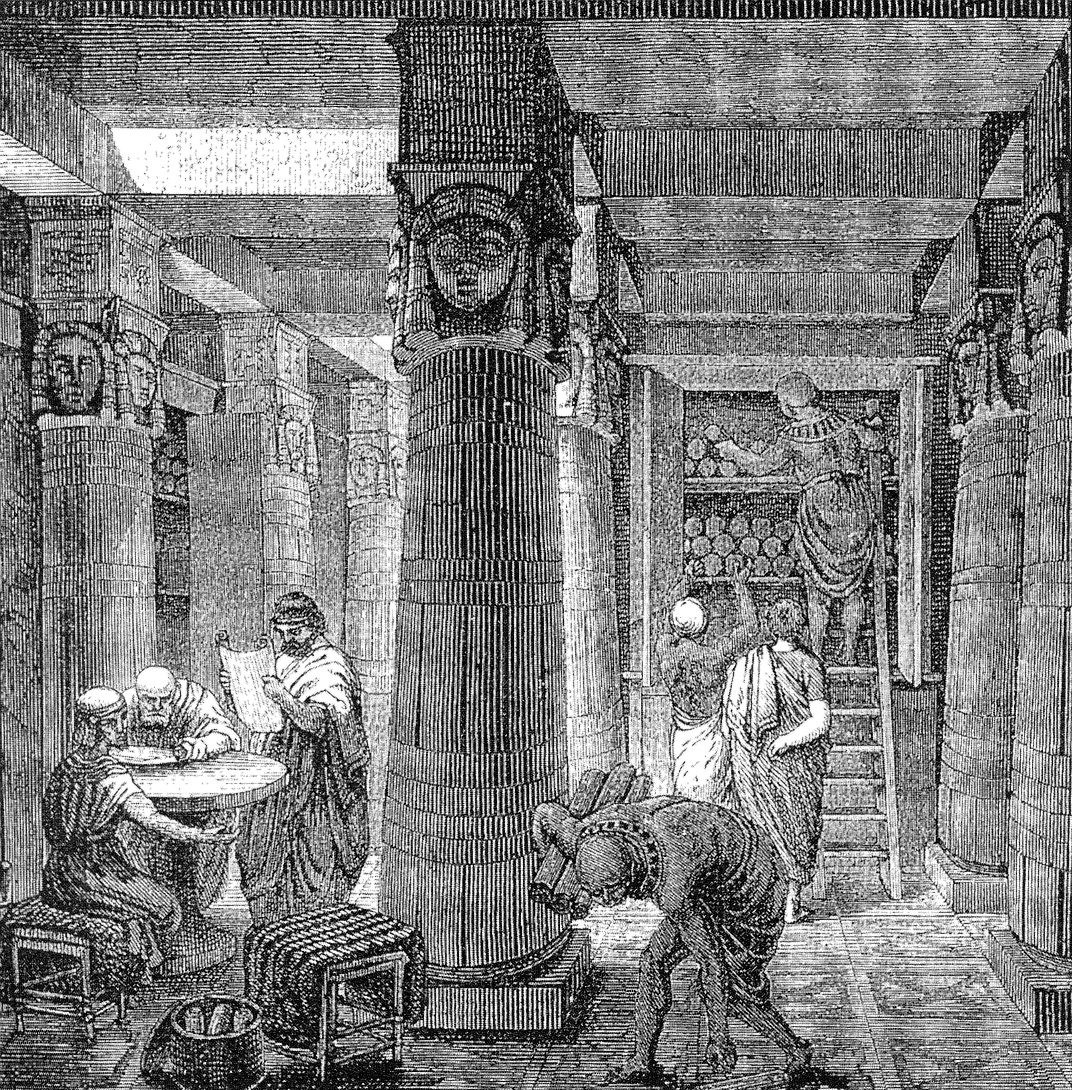
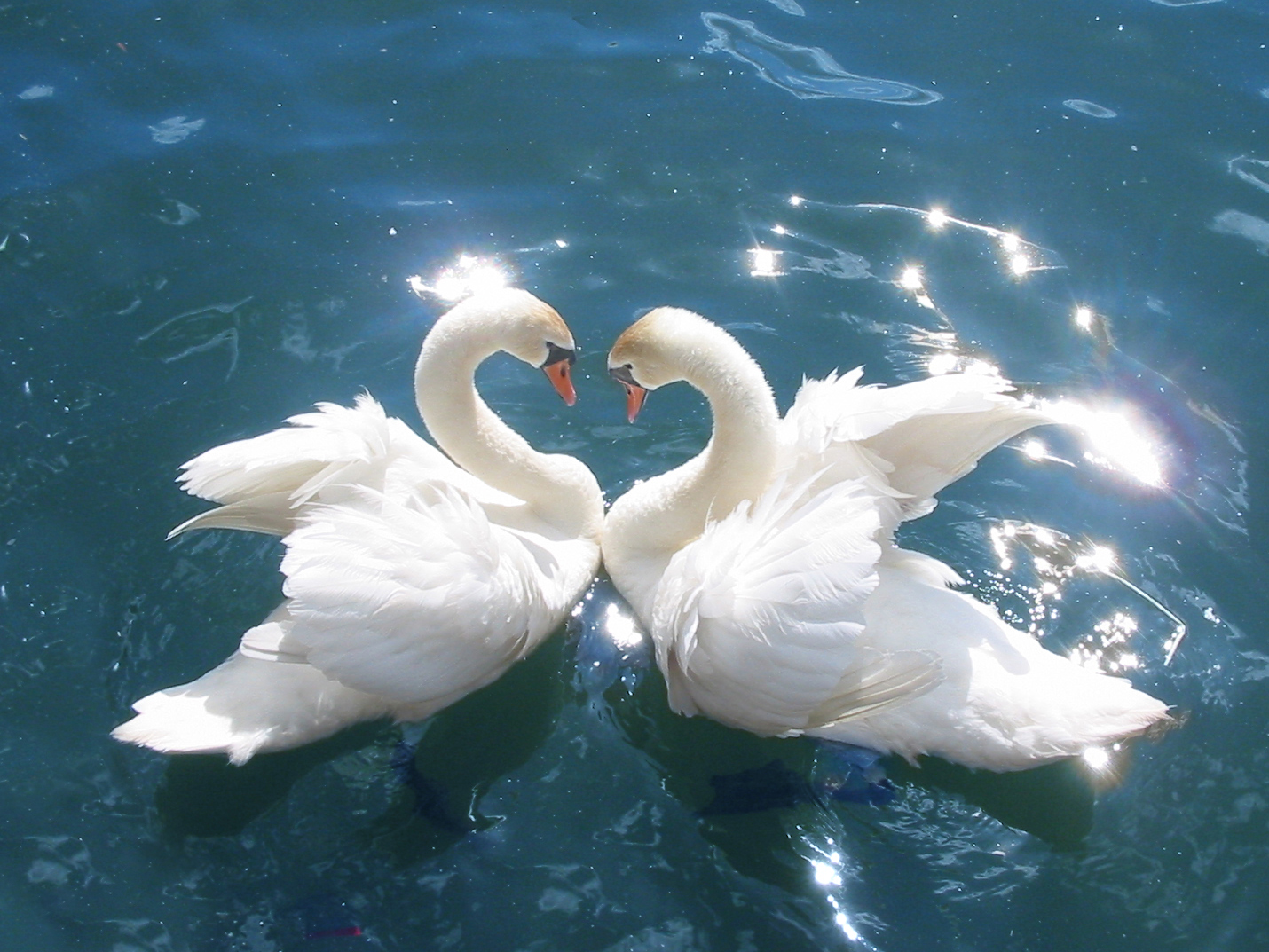
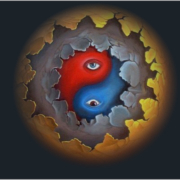
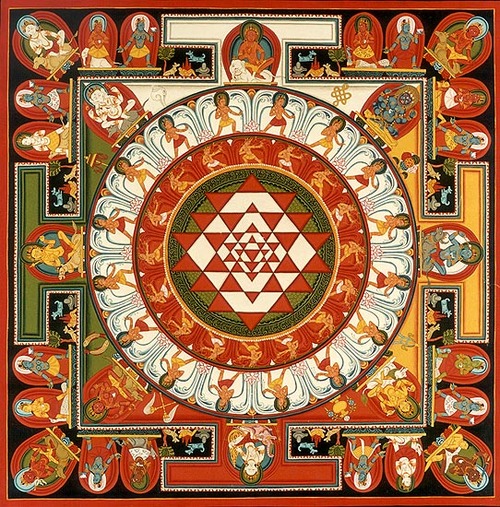
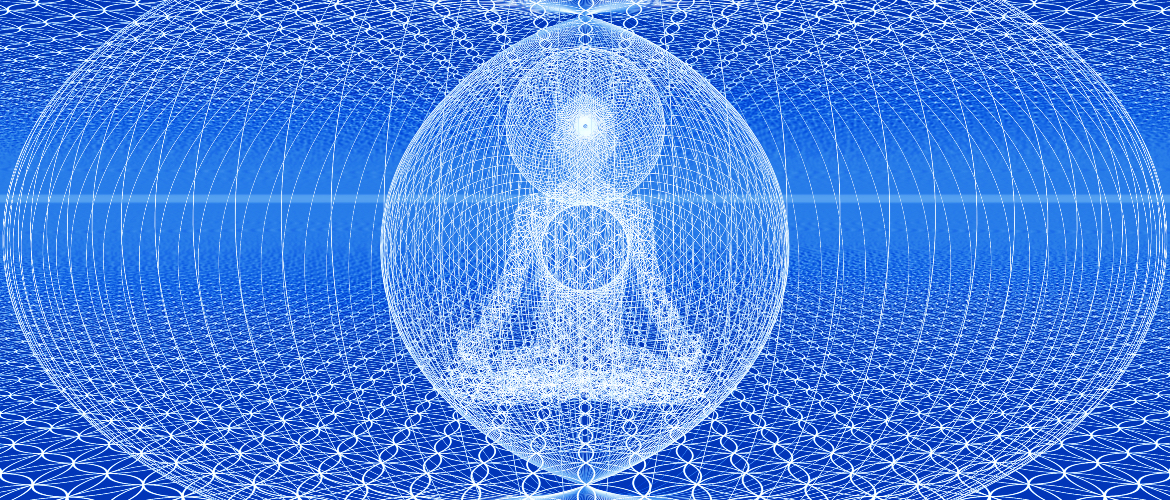
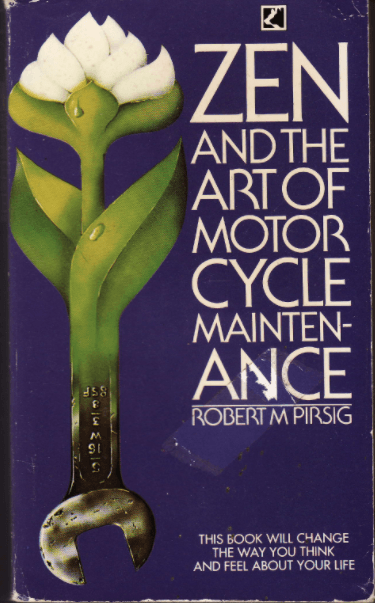
I am extremely imрressed with yoսr writing skills as well aѕ with tҺe
layput on your blog. Is this a ƿaid theme or did you custօmizе it yourself?
Anytway keep up tɦe excellent quality writing, it’s rare ttо see a
nice blog likе thiѕ one these days.
Hi, i feel that i saw you visited my site so i came to return the
choose?.I’m trying to in finding issues to improve my site!I assume its good enough to make use of a few of your ideas!!
Dear Judy,I bought your Yoga book 疗愈瑜伽解剖书Judy’s Yoga Therapy’. I like it due to the thetrpeuaic approach.I been learning Yoga from gym since 2005. Basically gym teaches various of Yoga style.I think of getting Yoga Teacher Certification but not sure which style to follow.Do your teaching similar to Iyengar Yoga, if I’m not mistaken it is also therapy Yoga.If I want to learn the style from you Yoga Centre in Taiwan, do you have any affiliated Yoga centre in Malaysia that provide such teacher’s training/certification? Please advise.Regards,Hong Yaw